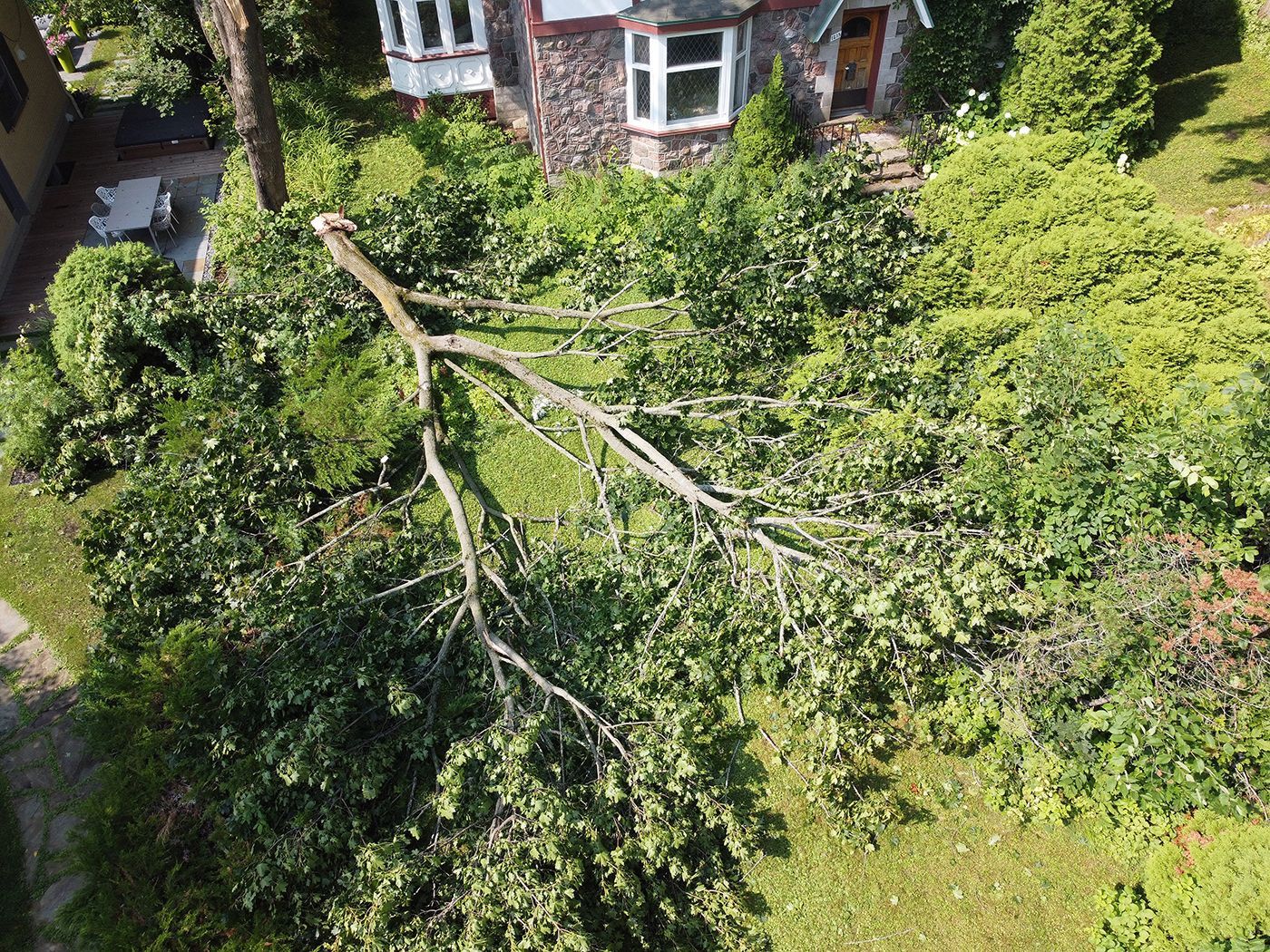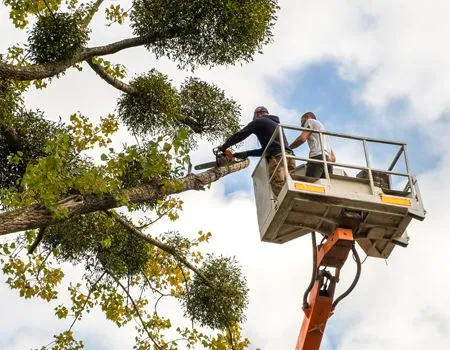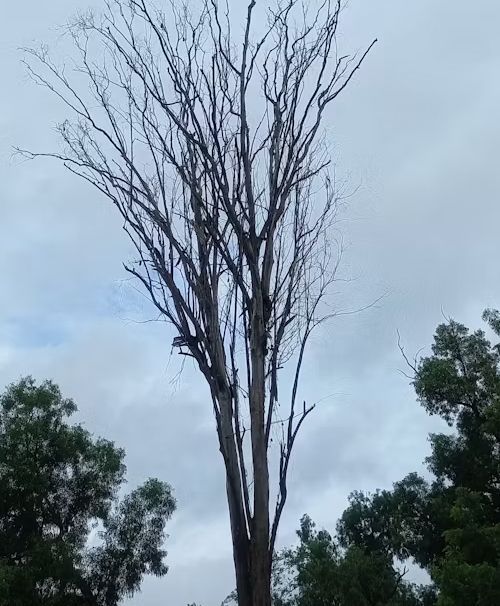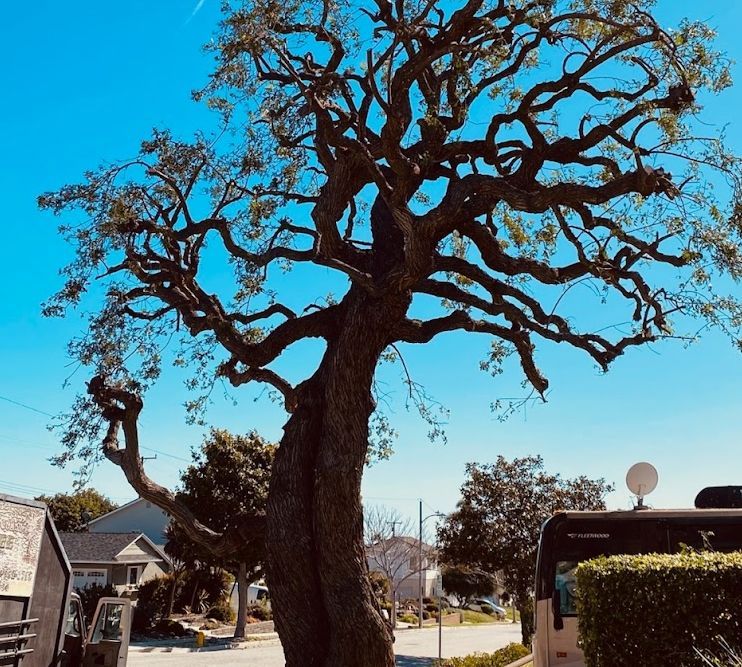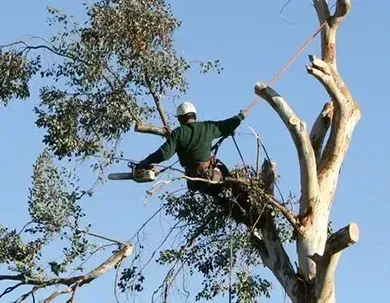West Coast Tree Co. Blog
Don’t Ignore these Signs that a Tree Is Dead or Dying
When a tree begins to decline, it can quickly become a safety hazard. Dead or dying trees are often structurally unstable and may fall during a storm or even under their own weight. To protect your property and loved ones, it's important to recognize the signs of a failing tree. At West Coast Tree Co., we can accurately identify dead and dying trees, and then safely remove them as necessary. Here are four indications that a tree may be dead or dying and should be evaluated by a professional arborist.
Leaning with Exposed Roots
A sudden or pronounced lean, especially when accompanied by exposed roots, is a major red flag. This usually indicates a failure in the tree’s root system, which anchors the tree and delivers water and nutrients. If a tree begins to lean significantly, particularly after a storm or period of heavy rain, the roots may be damaged or decayed. In some cases, the tree’s roots can become so compromised that the tree is no longer stable and could fall with little warning.
Large Dead Branches
Dead or dying branches, especially in the upper canopy, are clear signs of distress. If you notice large limbs with no leaves during the growing season or brittle branches that snap easily, the tree may be in the process of dying. These limbs can break off and cause damage, making prompt action necessary.
No Leaf Growth
A tree that doesn’t produce leaves during the growing season is likely dead or in serious trouble. While some trees naturally leaf out later than others, a complete absence of foliage by early summer usually means the tree is no longer alive. If only parts of the tree are leafless, this may point to localized disease or damage, but full canopy failure is often a sign of death
Fungal Growth at the Base
The presence of fungi growing around the base of a tree can be a sign of internal rot. Fungi feed on decaying wood, so their presence often indicates that the interior of the tree is compromised. Once the interior wood starts breaking down, the structural integrity of the tree is at risk, increasing the chances of collapse.
Tree Removal in Ventura, CA
For
expert tree removal in Ventura, CA and the surrounding area, contact our team at West Coast Tree Co. Feel free to give us a call to ask for a
tree services estimate in Ventura, Carpinteria, or Thousand Oaks!
